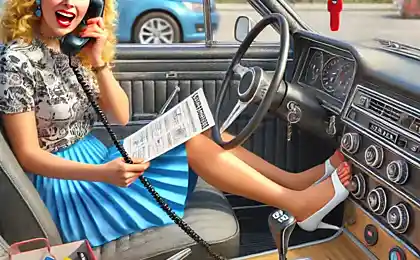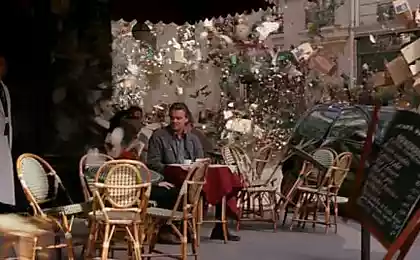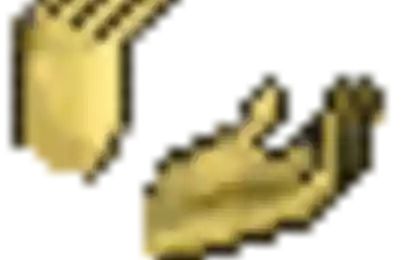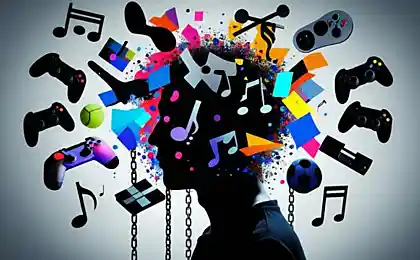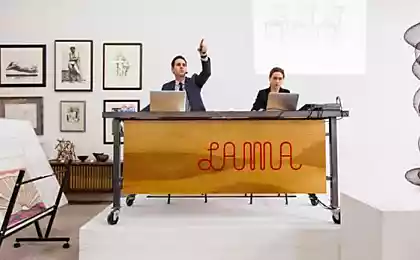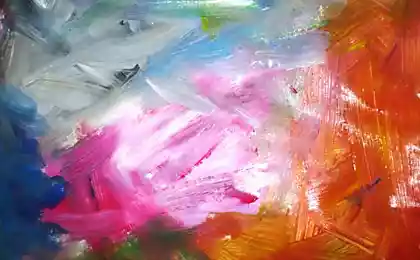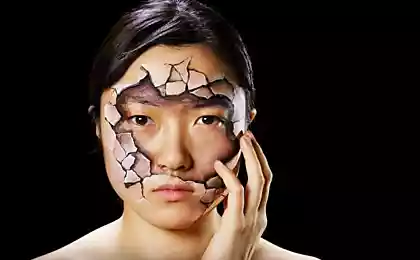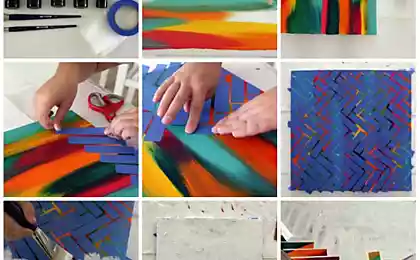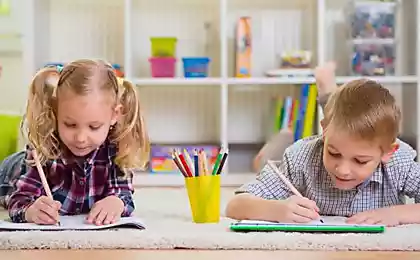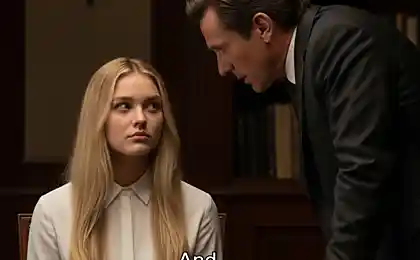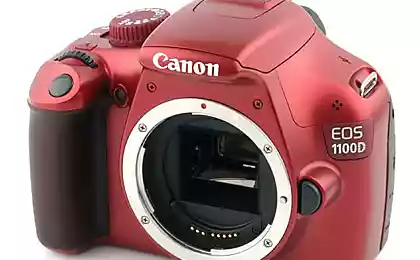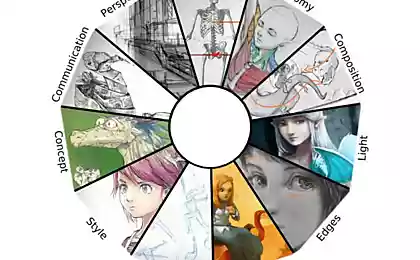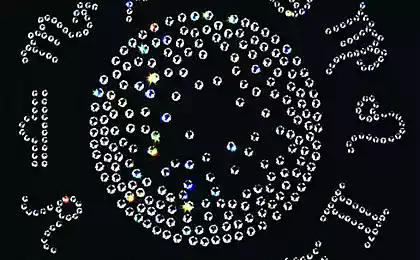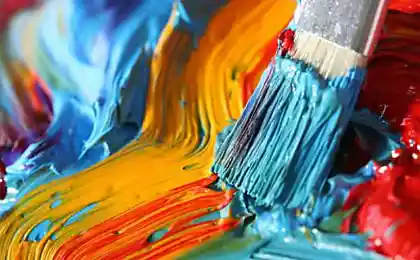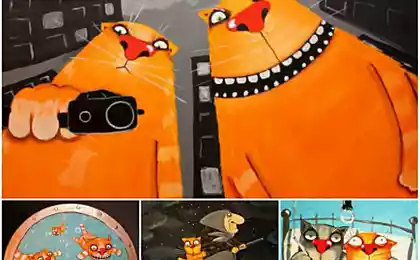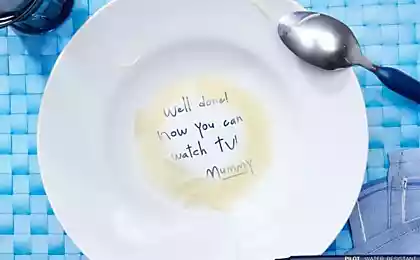339
Discover the artist: 5 unusual drawing techniques

Introduction. Many of us as children enjoyed taking up pencils and markers, without thinking about how “professional” our drawings look. But with age, we often lose this carefree courage and less often allow ourselves to create something on paper or canvas. “I don’t know how to draw” – this phrase can be heard from people who dreamed of an easel in school, but now believe that they are not given. Meanwhile, modern researchers and practicing psychologists (for example, specialists of the American Art Therapy Association) are increasingly talking about the benefits of simple art classes for emotional discharge, self-discovery and even improving cognitive functions.
However, the fear of “not coping” with classical techniques and ignorance of “correct” artistic techniques often slows down our creative impulse. In fact, to prove yourself in art, you do not need to be a graduate of the Academy of arts. A couple of unusual life hacks and openness to experiments are enough. In this article, you will find five original drawing techniques that will definitely suit even beginners and help awaken a bold artist.
1. Drawing with your fingers: A return to child freedom
If you’ve ever watched children dip their fingers and create masterpieces right on a piece of paper, you know how fun and therapeutic it is. Finger painting is one of the simplest and at the same time unusual techniques that allows you to remove the fear of “wrong” brushstrokes and come to direct contact with paint.
How to start:
- Prepare materials: Gouache or acrylic paints, sheets of dense paper (best watercolor), as well as wet wipes, so as not to stain everything around.
- Choose a palette: Rest in 3-4 colors so that the picture does not turn into a “storm” of pigments. However, you can mix them right on the sheet, getting smooth transitions.
- Don't hold yourself back: Use fingertips, palms, draw lines, dots, and even smear paint. The goal is not realism, but experimentation.
2. "Bubble painting" (bubble painting)
Have you heard of a technique where ordinary soap bubbles painted with paint act as a tool? It is fascinating that on paper appear bizarre shapes and translucent colored spots. The technique is ideal for the background of a future picture or for creating abstract compositions.
What you need:
- Soap bubble liquid: You can buy ready-made or cook yourself, mixing a little liquid for dishes, water and sugar.
- Colors: Watercolor or diluted acrylic will do. Dilute the paint in a soapy solution (about 1 part of the paint on 2 parts of the bubble liquid).
- A tube or a special bubble blower: With the help of which you will direct colored bubbles to the sheet.
3. Mastichin technique: a game with texture
Mastichin is a small spatula (usually metal) with which artists apply paint with thick brushstrokes. This is not only a professional tool of oil painting, but also a very affordable way to give relief and expressiveness to your drawing.
Basic techniques:
- Layer by layer: Apply a thick layer of paint (oil or acrylic) and gradually form texture strokes, as if you are plastering a wall or smearing oil.
- Mixing right on the canvas: Add different colors to the edge of the mastikhin and distribute them in smooth movements, creating expressive gradients.
- Impasto effect: The technique of "impasto" involves the use of bulk strokes. The more paint, the more noticeable the relief and the more interesting the work looks in lateral light.
4. “Salt” watercolor: unexpected patterns
This technique is one of the simplest, but at the same time fascinating. All you need is watercolor paints and ordinary table salt (sea salt will do). When in contact with wet paint, salt begins to absorb water, forming bizarre patterns.
Step by step:
- Wet the sheet: slightly moisten the watercolor paper, then apply the paints - the more saturated, the more noticeable the effect will be.
- Sprinkle it with salt: While the watercolor is not yet dried, evenly (or selectively) sprinkle the moist surface with salt.
- Wait for the drying: In the process, the salt “pulls” water from the paint, forming an unusual pattern. When the work is completely dry, the remaining salt can be gently shaken off.
5. “Textures from improvised materials”: napkins, sponges and a toothbrush
To create the effect of depth and unusual textures, it is not necessary to have expensive brushes or an airbrush. There are probably simple objects in your home that will help bring interesting accents to the drawing.
Here are some ideas:
- Napkins or paper towels: crumple them and gently wet the translucent paint on the sheet. You will get cloud or marble patterns.
- Kitchen sponge: “Stamp” the corner of the sponge on the paint, creating a texture background for future details.
- Toothbrush: typing on the bristles a little paint, you can splash on the paper, creating the effect of splashes or snow dots.

Practical tips for inspiration
New techniques will be even more exciting if you put a little bit of organization and creativity into the process. Here are a few recommendations:
- Create a creative space: Set aside a space in the room where tools are always at hand and you can safely experiment with paints.
- Set a timer: Draw at least 15-20 minutes a day without being distracted by your phone or household chores. This “window of creative freedom” will help the brain focus and relax at the same time.
- Do not compare yourself to others: The main goal is to enjoy the process, not to race for the “right” proportions or technique.
- Inspire, but don't copy: Watch videos of master classes and read books on painting, but leave space for your ideas. Sometimes “mistakes” become the most attractive element of the picture.

Conclusion
Drawing goes far beyond children’s amusements or the professional activities of artists. It can become a source of inspiration and self-discovery even for those who have never held a brush. Try at least one of these techniques – drawing with your fingers, “bubble painting”, working with mastichin, “salt” watercolor or experiments with improvised materials – and you will see how easily you can awaken a creative spark in yourself.
It is important to remember that there is no “right” or “wrong” way to paint: there is only your own artistic vision, which can be revealed if you overcome your inner limitations and give yourself the freedom to experiment. You may not be the new Leonardo da Vinci, but you will have an amazing opportunity to better understand yourself, develop imaginative thinking and just enjoy the process of creating something unique.
So take the colors and start creating: deep down, each of us is a little bit of an artist, ready to show up on paper, canvas or any other surface. We wish you bright discoveries and endless inspiration on this exciting journey into the world of art!
Secrets of Overcoming Procrastination: A Scientific View and Practical Advice
The Great Fallacies in Science: From Alchemy to Modern Myths

